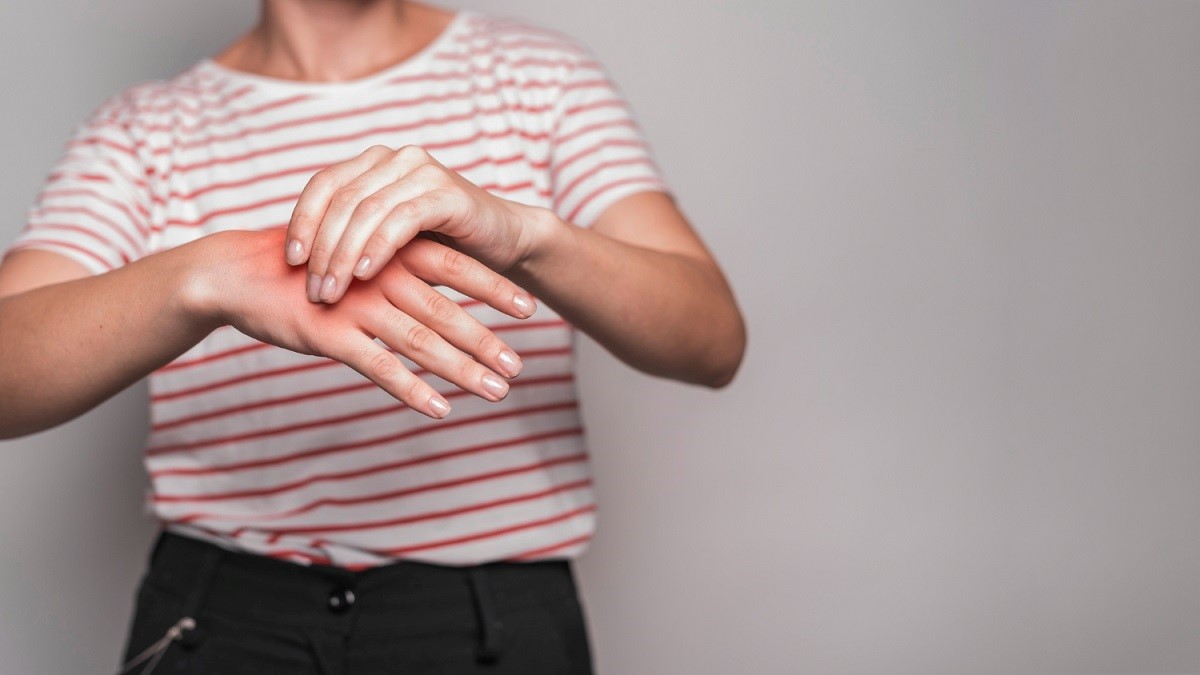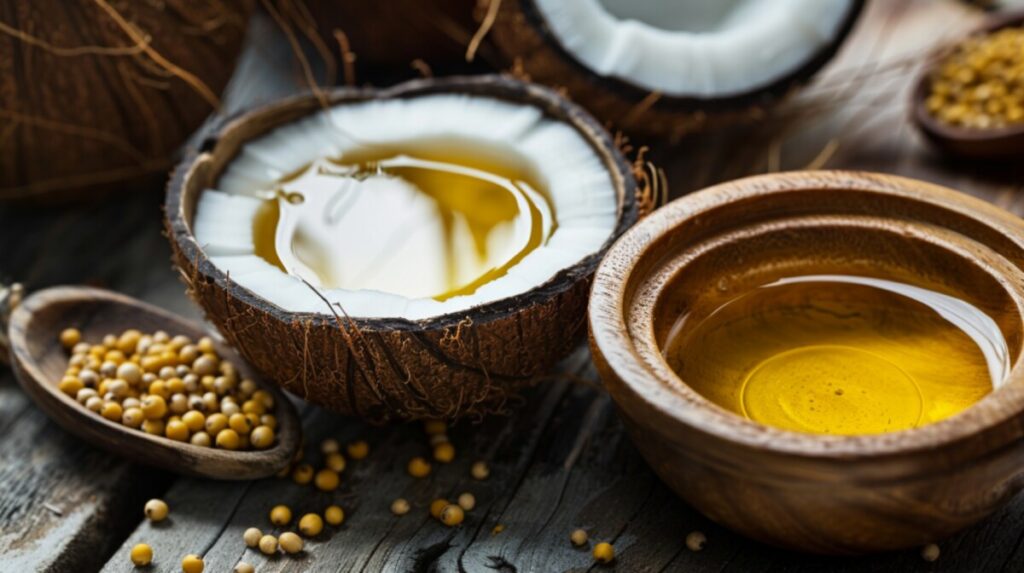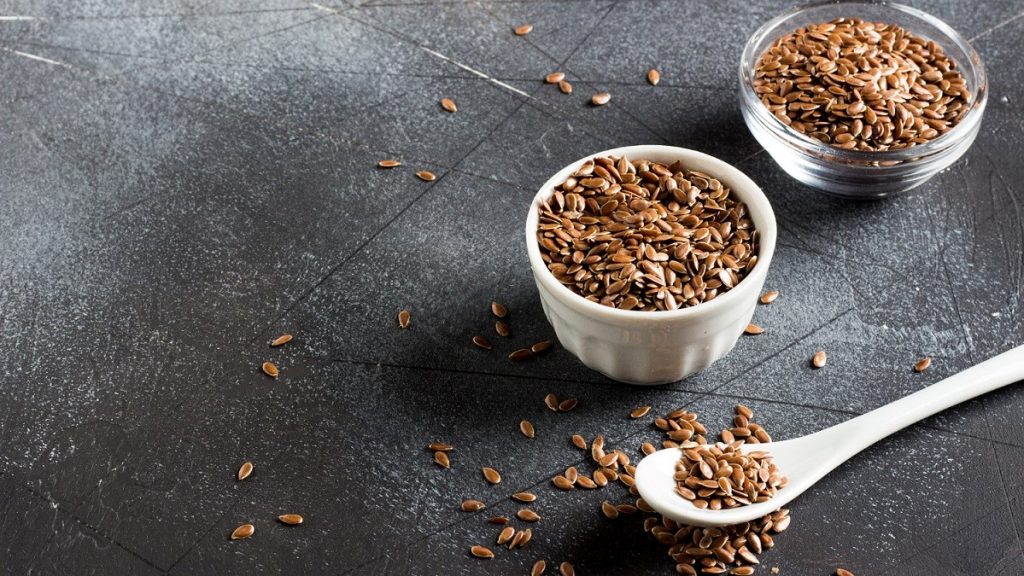All facets of life can be impacted by arthritis. Not only is mobility limited when one lives with arthritis, but one also runs the risk of developing depression because of discomfort and chronic pain. Arthritis can cause swelling, stiffness, and inflammation in the joints. Dealing with arthritis is similar to carrying a heavy load. You can see the physical toll it takes, as well as the strain it can put on your mind and emotions.
Over a hundred different types of arthritis can afflict a person. This type of arthritis can affect people of any age. While the most common form of arthritis is osteoarthritis, which is usually more common among older people, other forms, such as rheumatoid arthritis and psoriatic arthritis, can affect people of any age.
Healthy lifestyle changes and regular medication make the symptoms of arthritis less painful and more tolerable. These changes involve remaining physically active, eating a healthy diet, and exercising. One can also experiment with Ayurvedic herbs and remedies to help alleviate the discomfort and pain that is caused by arthritis. Furthermore, getting enough rest and reducing stress are essential elements of an effective arthritis management strategy.
Causes of arthritis
Ayurveda says tissue erosion, or dhathukshaya, causes arthritis. Tissue erosion is caused by a cold climate, ageing, and the consumption of cold, dry food. All of it causes Vata to get vitiated, which produces pain in the joints.
According to Ayurveda, arthritis is caused by the vitiation of Vata, metabolic toxins, or Ama. The vitiated Ama and Vata cause burning sensations and redness in joints.
Preventive measures
According to Ayurveda, you can adopt the following preventive measures for arthritis:
- Monitoring the food that is carelessly consumed.
- Reduce the number of incompatibles you consume
- Bringing Vata to be normal by engaging in light exercise
- Limiting non-stop trips in cars or other vehicles
Ayurvedic diet for arthritis
The goal of an ayurvedic diet is to bring balance to your pitta and vata doshas by balancing or pacifying them. Eat warming foods to aid your Kapha dosha in doing this, or try a diet that pacifies the pitta or vata doshas.
Foods to eat
The foods suggested by those who have arthritis are akin to the foods suggested for the ayurvedic condition called amavata. Amavata is a joint disease that has similar symptoms to arthritis. Ayurveda suggests a diet that regulates Vata for amavata.
On this diet, you can eat things like
- Easy-to-digest grains such as cream of wheat, rice, and cooked oats.
- Legumes like dal, lentils, mung beans, tofu, and miso
- Lukewarm water or water in which ginger root has been boiled to remove toxins and aid digestion.
- Leafy, green vegetable
- Berries
- Spices like garlic, turmeric, and ginger help in digestion
- Buttermilk
- Aged wine in small quantities
Foods to Avoid
Raw and spicy foods can create inflammation and heat, or pitta, within your body.
You must avoid the following foods on this diet:
- Heating spices such as cayenne pepper and chilli powder
- Vegetables and fruits that are hard to digest, including brussels, sprouts, onions, broccoli, turnips, and apples
- Fermented and sour foods such as sour cream, alcohol, green grapes, grapefruit, hard cheeses, and pineapple
- Salt
General diet advice
Generally, foods like vegetables and fruits must be cooked or stewed before eating them. Eat sweet vegetables and fruits, such as:
- Sweet potatoes
- Squash
- Cooked apples
- Soaked or cooked raisins
Ayurveda places a lot of importance on spices. However, your food must not be fiery hot. Hot spices like chilli powder and cayenne pepper must be avoided or limited. They can be replaced with warming spices such as turmeric, nutmeg, and cinnamon. Moreover, don’t consume cold water; drink water at room temperature instead. Drink nut milk with a spoon of honey.
Like to know the benefits of being vegan?
Exercise
Mild movement exercises are recommended by Ayurveda for arthritis. They include:
- Swimming
- Yoga
- Walking
- Tai chi
Daily meditation and deep breathing are also recommended.
Before beginning a new fitness regime, if you have arthritis, consult your doctor. Discuss if it is safe to exercise. Doctors can advise on the frequency of exercise according to your symptoms and discuss yoga poses and modifying exercises.
Sleep
If you have trouble falling asleep due to stiffness and pain, the ayurvedic lifestyle can aid in falling asleep. Recommendations for improvements in sleep include:
- Falling asleep early and waking up early
- Not taking naps during the day.
- A warm bath or shower before bed
- Drinking warm milk or consuming ashwagandha before bed
- Consuming a light dinner at least two to three hours before bed and a light walk
- Practice nighttime meditation or yoga.
- Massaging the foot soles with warm sesame oil and removing it after 15 minutes or wearing socks before bed
Ayurvedic treatment for arthritis
According to Ayurveda, there are three different stages in the ayurvedic treatment for arthritis. They are shodhana, or the procedure of elimination; shamana, or techniques of alleviation, and the topical application of medicine.
Therapy for alleviating pain should be given to the patient. This includes external medicines, also known as Kerala Panchakarma Therapies.
There are certain ayurvedic herbal formulations that can be taken under the supervision of an ayurvedic physician.
- Joint stiffness can be reduced by Yogaraja Guggulu, which is a 29-herb blend that enhances joint stability and improves motion range.
- Metabolism can be boosted by Rasnerandadi Kwath, which burns ama dosha, eases pain, and reduces redness and swelling.
- Ksheerabala 101 Avarti capsule has a herb known as Bala, which protects joints and enhances joint flexibility, mobility, and strength.
- Tissues can be replenished and lubricated by Mahanarayana Thailam, which maintains flexibility during old age.
- Pinda thailam calms down sensations of burning and redness in heels.
Herbs and remedies to relieve arthritis pain
Natural therapies are also suggested that involve the use of herbs and spices.
- Ginger: For thousands of years, Asian cuisine and medicine have used ginger. It has anti-inflammatory properties and the ability to make prostaglandins, which are hormone-like compounds that reduce inflammation and pain.
- Turmeric: This golden spice has been used for hundreds of years to give flavour and colour to food. In Ayurvedic and Chinese medicine, this spice has been used to treat multiple diseases, including arthritis. Turmeric has anti-inflammatory properties and analgesic qualities. A pinch of turmeric mixed with milk can do wonders for joint health.
- Epsom salt bath: An Epsom salt bath eases aching joints and promotes all-around comfort.
Vitamins and minerals
A healthy diet is important for optimal wellness and might aid in treating the symptoms of arthritis. To make sure that you are getting them in the right amounts, you might add them to your diet in addition to the herbs given above. Consult your doctor before taking them. Some minerals or vitamins may be damaging if taken in excess, based on your nutritional requirements.
Vitamin C
It is believed that vitamin C can prevent inflammation and keep joints healthy. It also aids in forming and maintaining connective tissue. According to 2011 research, vitamin C supplementation helps people with osteoarthritis.
Vitamin C is thought to prevent inflammation and maintain healthy joints. It also helps to form and maintain connective tissue. It is believed to reduce the loss of cartilage and joint tissue damage. 75 mg per day is advised for women, and for men, the recommended amount is 90 mg. You might need a higher dose if you smoke.
Vitamin D
People with arthritis often have a deficiency of Vitamin D, according to research. Participants in the research came from 13 different countries. Low vitamin D levels were associated with high disease activity and a worse quality of life. Normal vitamin D levels may help in the prevention of inflammation and the progression of arthritis.
The suggested daily intake of vitamin D is 600 international units (IU) if you are under 70 years of age. 800 IU per day is the suggested dosage for people over 70 years of age. One must get a lot of sunlight as well.
Vitamin E
Vitamin E is an antioxidant. It is believed to alleviate inflammation and pain and thus be significant in treating arthritis. Research in 2013 demonstrated the capacity of Vitamin E to reduce pain and inflammation in dogs who had osteoarthritis. Vitamin E-treated dogs also showed fewer cartilage lesions.
The usual daily dosage is 15 mg per day.
Calcium
Because it keeps the joints and bones healthy, calcium is believed to aid in osteoporosis prevention. Because they have a high chance of developing osteoporosis, it is significant for people who have osteoarthritis and rheumatoid arthritis.
A 2017 study showed that both vitamin D and calcium supplementation are helpful for maintaining a healthy musculoskeletal ageing process. The combination of these two can reduce the risk of fracture.
A common calcium dosage is 1,500 mg per day. If possible, calcium supplements must be taken along with vitamin D supplements. It may help increase calcium absorption and improve overall health.
Other natural treatment options for Arthritis
The following are natural treatments that can aid in relieving pain quickly and easing discomfort pertaining to arthritis. These can also be utilised for relaxation.
Hot and cold therapy
Heat enhances circulation and flexibility and facilitates greater ease of movement.
Heat therapies:
- Warm baths of showers
- Heat applied for up to 20 minutes with a hot water bottle or heating pad applied
- Disposable heat belts or patches
- Hot tub or whirlpool
- Sauna
- Hot paraffin wax treatment
Avoid using a sauna or hot tub if you have heart disease or high blood pressure.
Cold reduces circulation, reduces swelling, and lessens pain by numbing the nerve endings.
One can wrap a cold gel pack or ice, and it can be applied for up to 20 minutes. A partial or full ice bath is an additional choice.
Both heat and cold applications should be used with care, as both have the ability to damage the skin.
Massage
- A massage with moderate pressure can help:
- Enhance joint function
- Relief from both long-term and short-term tension and pain
- Decrease anxiety
- Improve sleep
However, you must confirm with your doctor if the massage is suitable for you. You must not get a massage during a flare-up because that is when the joints are very sensitive. You must also avoid massages if you have a history of blood clots in your legs.
Aromatherapy
Essential oils are used in aromatherapy to make physical and mental improvements. Essential oils can be used with massage oil, in a bath, or in a diffuser.
The aroma of the essential oils can:
- Help decrease anxiety and pain
- Enhance energy levels
- Support relaxation.
Some essential oils that are frequently used for relieving arthritis are:
- Ginger
- Clary sage marjoram
- Eucalyptus
- Camphor
- Frankincense
- Clove
- Bergamot
- Geranium
- Lavender
If you are applying a diluted essential oil to the skin, you must first do a patch test on the skin.
What to avoid?
Yoga and tai chi are two gentle exercises recommended by Ayurveda. You must not do jarring and high-impact movements such as jogging. Do not drink alcohol.
Ayurvedic practices should be used with your usual medications and not in place of them.
Consult your doctor about how to incorporate an ayurvedic lifestyle into your western medicine treatment.
The Bottom Line
Changes in lifestyle through Ayurveda can help decrease the symptoms of arthritis. A key component of the lifestyle change is administering a diet rich in cooked vegetables, spices, and herbs, along with gentle exercises like yoga. These could be used to supplement Western medical treatments.
Make sure you get your doctor’s approval before you introduce anything new to your treatment regimen. It is advisable to consult a doctor or discontinue use if you notice any strange symptoms or if your symptoms begin to get worse.
Keep in mind that these are additional therapies. They should not replace the arthritis treatment regimen prescribed by your doctor.



